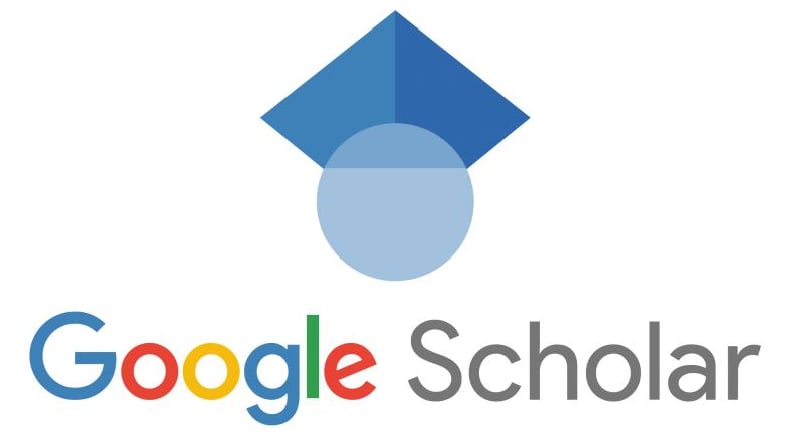(E-Reading) Electronic Reading: For Active and Interactive Learning Reading Based on Open-Source Software (OSS)
Keywords:
E-Reading, English, Open-Source, platformAbstract
Updates in technological innovation in the field of Education, especially English will be urgently needed. Technology in Education has revolutionized manual teaching and learning on an innovative, open-source basis. One of the innovations based on Open-Source Software (OSS) is Electronic Reading (E-Reading). It is designed for EFL class, especially in reading, so that it can run actively and innovatively based on a curriculum that will be packaged attractively and creatively so students can easily accept it. This study discusses based innovation between teaching reading and OSS sophistication compared to previous teaching techniques. This article limits how an OSS can make learning more conducive and productive. As a result, E-Reading strives to provide a beneficial experience for students in learning Reading with full features in the latest version and will be in accordance with the current English learning curriculum.
Downloads
References
Akhlaghi, E., Bédi, B., Butterweck, M., Chua, C., Gerlach, J., Habibi, H., Ikeda, J., Rayner, M., Sestigiani, S., & Zuckermann, G. (2019). Overview of LARA: a learning and reading assistant. In Proceedings of SLATE 2019: 8th ISCA Workshop on Speech and Language Technology in Education, 10 (19): 99-103.
Bruce Perens. Michal Sroka. (2007). Treasurer, Open Source Initiative. O'Reilly's "Open Sources".
Danny, M., Untung R., Irwan S., Ninda L., & Ahmad B. Y. (2022). Dampak kecerdasan buatan bagi Pendidikan. 10 (19): 41-55.
Fahimirad, M., & Kotamjani. (2018). A Review n Application of Artificial Intelligence in Teaching and Learning in Educational Context. International Journal of Learning and Development. 8 (4): 106-118.
Ferrianto Gozali dan Billion Lo. (2012). Pemanfaatan Teknologi Open Source dalam Pengembangan Proses Belajar Jarak Jauh di Perguruan Tinggi. Jurnal Nasional Pendidikan Teknik Informatika (JANAPATI), 1 (1): 47.
Chyntia Heru Woro Prastiwia and Nia Pujiawati (2019). Penggabungan Artificial Intelligence dan Kecerdasan Alami dalam Pembelajaran Ketrampilan Menulis Bahasa Inggris. Seminar Nasional Pascasarjana 2019, 172-178.
Ni Luh Putu Ning Septyarini Putri Astawa. (2018). The Impact of Project Based Instruction on Students' Engagement and Speaking Skills. Widys Accarya.
Simon K. S. Cheung, Lam For Kwok, Kongkiti Phusavat and Harrison Hao Yang . (2021). Shaping the Future Learning Environments with Smart Elements: Challenges and Opportunities. Int. J. Educ. Technol. High. Educ. 18 (16): 1-9.
Yana, D., & Darwati, F. (2017). the implementation of Android-Based Application as a media for Teaching English in Simple Present Test. Anglo-Saxon, 8 (2): 158-165.
Zou, S. (2017). Designing and Practice of a College English Teaching Platform Based on Artificial Intelligence. Computational and theorycal Nanoscience, 14 (1): 104-108.
Downloads
Published
How to Cite
Issue
Section
License
Copyright (c) 2023 Griselda Gian Heris Herdina, Ria Fakhrurriana

This work is licensed under a Creative Commons Attribution 4.0 International License.






